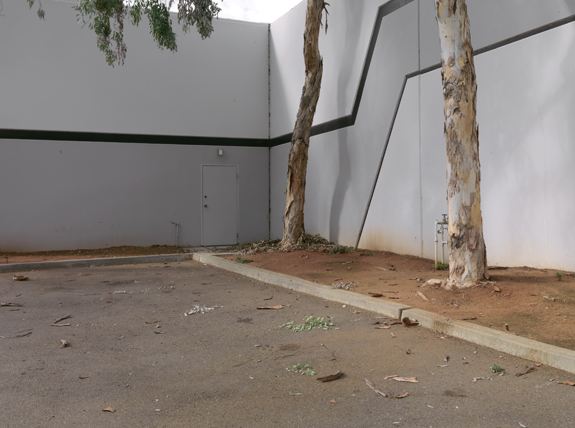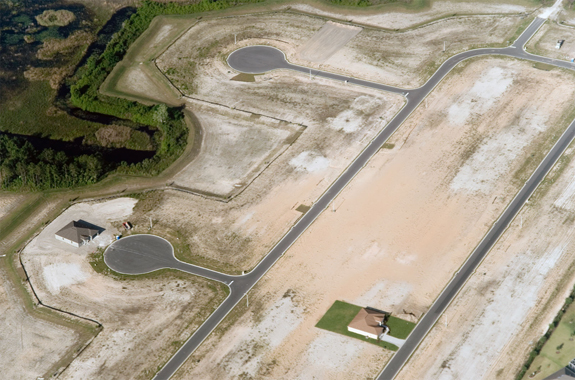
The New Heartland is a photographic investigation of Ohio’s landscape that reflects ongoing changes in American values, cultural attitudes, and economic conditions at the dawn of the 21st Century.
I began this body of work in response to the 2004 presidential election. Over the course of a long and depressing day working as a poll-watcher, I thought about the extent to which the Midwest had changed during the two decades that I had lived here. That election revealed deep divisions among America’s citizens that were not only manifest in choices made at the ballot box, but also visible in the landscape.
The rolling farmlands and idyllic small towns that used to define our heartland are rapidly giving way to vast developments of mini-mansions and shopping “villages” designed to evoke an imagined era of luxurious consumerism. At the same time, traditional regional characteristics are becoming effaced by a ubiquitous global culture of material consumption — in the new heartland you can buy a quick fix of trendy espresso even out among the cornfields.
— Andrew Borowiec







